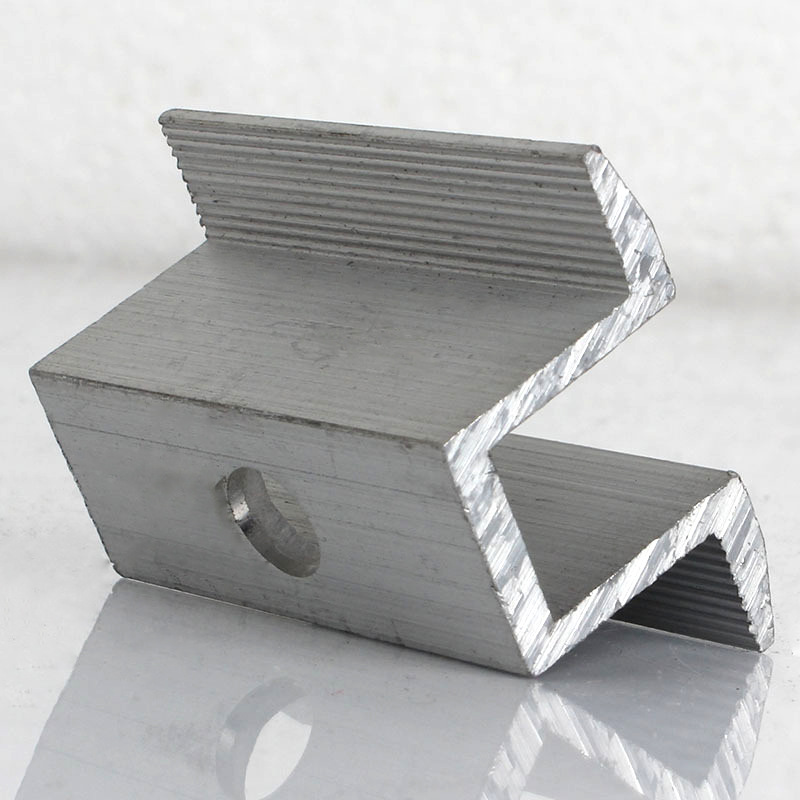

photovoltaik-halterungen - fastener
Nov . 19, 2024 22:00 Back to list
photovoltaik-halterungen - fastener
Understanding Photovoltaic Mounting Systems The Backbone of Solar Energy Solutions
As the world transitions towards renewable energy sources, photovoltaic (PV) systems have gained immense traction. These systems harness sunlight and convert it into electricity, making them a vital component of sustainable energy solutions. At the heart of these systems lies a critical yet often overlooked element—photovoltaic mounting systems or photovoltaic halterungen.
What are Photovoltaic Mounting Systems?
Photovoltaic mounting systems, commonly referred to as photovoltaic halterungen, are structures designed to support solar panels securely. They ensure that the panels are positioned at the optimal angle for sunlight exposure, maximizing efficiency and energy generation. These systems can be categorized into three main types roof-mounted, ground-mounted, and solar tracking systems.
1. Roof-Mounted Systems Roof-mounted PV systems are the most common installations for residential and commercial buildings. They utilize the existing structure of the building to hold solar panels, thus requiring minimal ground space. This type of installation can be complemented with various mounting hardware, such as rails, brackets, and flashing, to guarantee durability and water-tightness.
2. Ground-Mounted Systems Ground-mounted PV systems are typically used in larger installations, such as solar farms. These systems can be installed on vacant land and are designed to optimize the angle of solar panels throughout the day. Ground mounts can be stationary or adjustable, providing flexibility based on the geographical location and site conditions.
3. Solar Tracking Systems Solar tracking systems are advanced mounting solutions that allow solar panels to follow the sun’s path across the sky. This technology can increase energy production significantly, sometimes by up to 30% compared to fixed installations, making it a popular choice for large-scale solar farms.
The Importance of Quality and Durability
When selecting photovoltaic halterungen, the quality of the materials used is of paramount importance. Good-quality mounting systems are typically made from robust materials, such as aluminum or galvanized steel, which can withstand harsh weather conditions, resist corrosion, and ensure a long service life. The choice of mounting system should also consider local building codes and regulations, as well as the specific environmental conditions of the installation site.
photovoltaik-halterungen - fastener

Installation Considerations
Proper installation of photovoltaic mounting systems is crucial for optimal performance and longevity of the solar panels. It requires careful planning to determine the best angle and orientation for maximum sunlight exposure while ensuring structural integrity. The installation process often involves several steps, including site assessment, structural analysis, and adherence to safety standards.
It is also advisable to engage professional installers who are experienced in solar panel installations. They can navigate the nuances of local regulations, inspect the structural integrity of roofs or land, and ensure that the mounting systems are installed securely and effectively.
Future Trends in Photovoltaic Mounting Systems
As the solar industry evolves, so do the technologies associated with photovoltaic mounting systems. Innovations in materials science, automation, and design are continuously improving the efficiency, affordability, and functionality of solar mount systems. For instance, the introduction of lightweight materials and modular designs can significantly reduce installation times and costs.
Moreover, sustainability is becoming a focal point in solar technology. Eco-friendly mounting options are emerging, focusing not just on minimizing the environmental footprint during installation but also on maximizing energy production and promoting recycling at the end of their life cycle.
Conclusion
Photovoltaic mounting systems are integral to the successful implementation of solar energy solutions. As the demand for renewable energy continues to grow, understanding the components that support these systems will become increasingly important. Quality, durability, and innovative designs of photovoltaic halterungen remain critical factors that can impact the overall effectiveness of solar energy systems. By investing in the right mounting solutions, we can harness the full potential of solar energy to power a sustainable future.
Latest news
-
Hot Dip Galvanized Bolts - LongZe Metal Products|Corrosion Resistance, High Strength
NewsAug.03,2025
-
Premium Cap Nuts: Secure & Durable Fastening Solutions
NewsAug.03,2025
-
High-Strength Hot Dip Galvanized Bolts - LongZe Metal Products|Corrosion Resistance, Customization
NewsAug.03,2025
-
Hot Dip Galvanized Bolts-Hebei Longze|Corrosion Resistance&High Strength
NewsAug.03,2025
-
High-Strength Hot Dip Galvanized Bolts - Hebei Longze|Corrosion Resistance&Customization
NewsAug.02,2025
-
Hot Dip Galvanized Bolts-LongZe|Corrosion Resistance&Customization
NewsAug.02,2025

